Welcome to the world of polyculture, an approach to gardening that embraces diversity and mimics natural ecosystems.
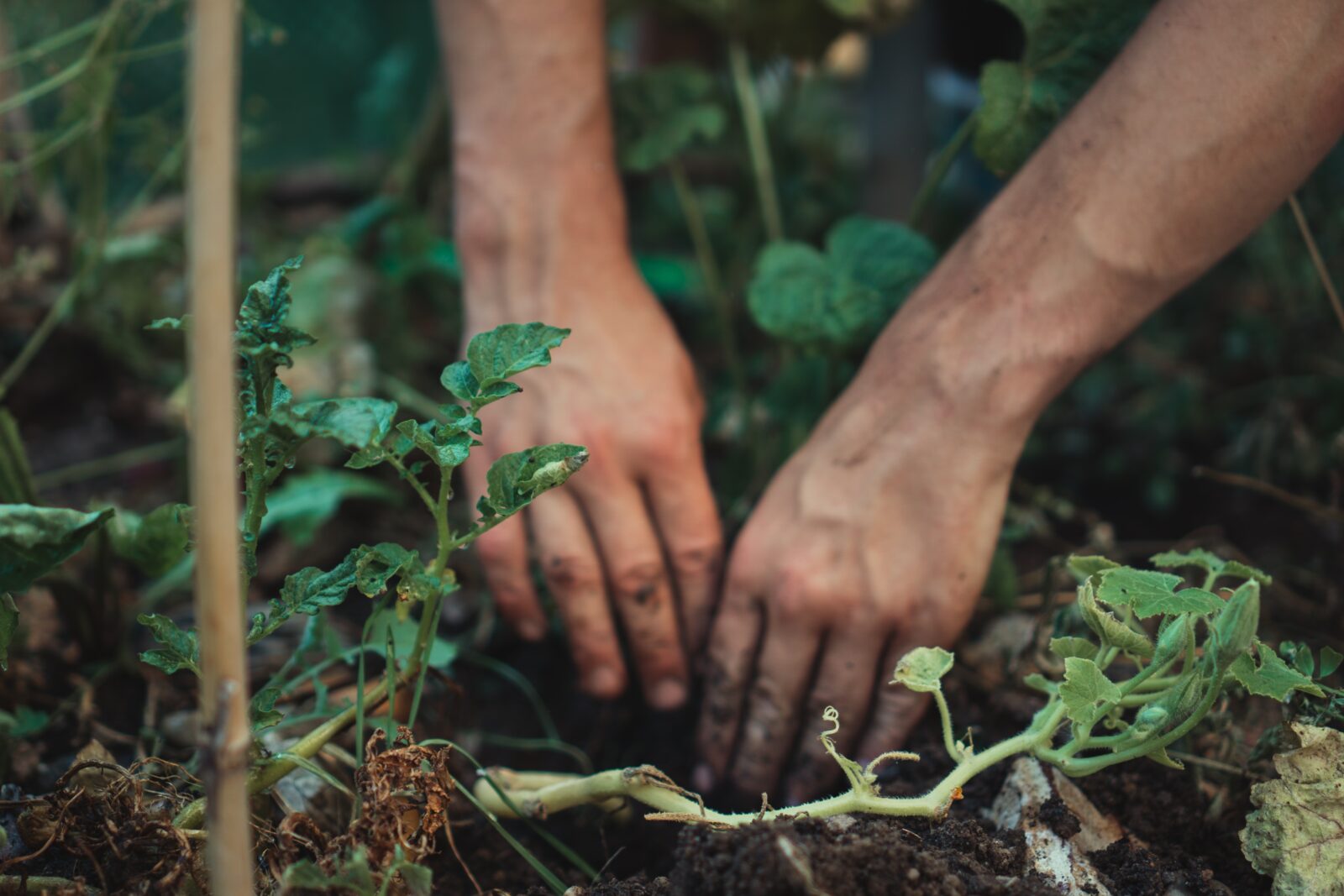
The Ultimate Gardening Guide 1: Practical Advice for Beginners
The first step for a gardening beginner is to become aware of the incredible benefits of plants to our health and well-being. Research has shown that by learning to nurture plants or by simply being around nature will help you boost your memory and concentration, it can also relieve stress and improve mental health.
To be more mindful about the long list of health advantages bestowed by plants, you can read our article about How Plants Promote Better Health and Well-being. Then you’ll be more enthusiastic to start your own garden, refine your yard and eager to learn more.
Whether you’ve been gardening for ages, or you’re barely a newbie, gardening can be a bit overwhelming. Some people assumed it to be an onerous and vexing chore, but gardening need not be intimidating. The foundation for a rewarding and successful gardening project is to plan ahead.
Begin looking through an array of articles about gardening including plants, tools, etc. Survey your land along with the climate including the sun and shade levels in your yard. When you are well organised and prepared, you’ll be astonished on how well things go in your garden.
To encourage and help your gardening desires, we prepared a three-part gardening guide: ‘Practical Advice for Beginners‘, ‘Money-Saving Tips for Gardeners‘, and ‘Common Garden Challenges and Solutions‘.
Now, let’s dive into some of the useful instructions a novice should be aware of and many semi-experienced gardeners wish they had known before starting on their gardening journey.
1. Get to Know Your Yard, Plan it Out
Prior to identifying what you want, you must assess what you have. Observe and record vital factors that can influence the growth of your garden such as sunlight, shade, wind, drainage, water access, foot traffic pattern, local climate, and soil profile.
Don’t forget to make a list of your available gardening resources such as fertilizer, resources to eliminate weed and pest, and availability of plant or seed supply. Take note of the existing trees, shrubs, or any components you can see on your yard. You can be more visual and specific by sketching a map, or even go digital.
After a thorough yard analysis, at this time you can consider what garden you yearn for. You can simply start by taking a stroll around your neighborhood, make a note of what you do and don’t want. Or if that’s difficult, you can always browse through our Ozbreed expert selection of brochures and catalogues for inspiration.
Another great source is bestplants.com.au which has interactive digital tools to help you choose the right plants for your garden. To make selections and decisions uncomplicated, you can build your garden around a theme.
Any yard organised around some unifying idea will lead you to smart choices and a well-integrated, gorgeous garden.
2. Invest in the Right Tools
Getting hold of the appropriate tools can make gardening easier by compensating for people’s limited strength and mobility. Utilizing the right tools helps ensure safety and lessens the time and energy required when working in the yard.
With a multitude of gardening tools and equipment out there, there’s a possibility to go overkill when buying. This can cost you a lot of money and can eat up a lot of space in your storage. It is vital to keep your focus on the basics that will complement specific gardening tasks.
Purchasing best quality tools that fits within your budget, and regularly maintaining them, can make you get the most out of your investment. Here’s a suggested list of essential basic gardening tools that will put you on the right path to a breathtaking garden: gloves, pruning shears, loppers, fork, rake, trowel, hoe, watering can, garden hose and other irrigation options, shovel, spade, and wheelbarrow.
If you have health limitations, set up the garden appropriately so you can better utilize these tools. For example, you have difficulty bending over, create raised gardens so that you use tools without kneeling or bending ground.
Or if it can’t be avoided and there’s a need to be closer to the ground, use kneeling bench or pads for your comfort. Another option might be to utilize a rotary hoe or hire an earth moving contractor to prepare your garden. As you grow and become a learned and skillful gardener, you will discover extra tools you’ll be needing and will recognize some other tools are entirely unnecessary.
3. Enrich the Soil
There are yards that are naturally filled with perfect soil but most are not up to par. After years of planting, even the ideal soil can be drained of its nutrients. Bear in mind that a well-prepared soil is the core of a thriving garden; healthy, productive plants begin with rich loose soil that enables roots to spread with enough depth to absorb nutrients.
The great news is you can enrich or even revitalize the soil’s condition by regular applications of modest amounts of compost and organic matter. Learning how to use a soil testing kit is recommended as it will aid in diagnosing the nutrients your soil lacks.
In low maintenance landscape gardens, it is often easier to apply a surface layer of weed suppressing chunky mulch. The chunky pieces of mulch break down slowly providing a long-term benefit to the soil. Chunky mulches are best at weed suppression.
This is not a one-time activity; improving your soil takes time and is an ongoing process. Sometimes it’s not practical to spend too much time enhancing soil and it’s more practical to choose plants that perform well in poor soils, for example large acreage gardening.
In the next section, we’ll help you choose plants in those circumstances.
4. Choose the Right Plants
Gardening life can be less complicated by merely selecting well-suited plants for each space in your yard. Selecting the proper products means choosing plants that you believe hold beauty, that thrive in your environment, and that are easy to maintain.
There’s a range of factors to consider when picking the best plants for your garden: environment, mature size of plants, sun/shade requirements, flowering season, upkeep, and resistance to diseases and parasites.
Native shrubs and groundcovers are suitable to deal with harsh conditions including drought while looking gorgeous in your garden. Some examples that will pop up on the plant selection guide of bestplants.com.au are Sweet Burst™ Callistemon, which works in most soil types and has good drought and frost tolerance once established.
Make sure to consider the mature size of the plants you are placing in your garden. They must not be bigger than your yard so that you won’t have a problem dealing with them once they’re fully grown. Thin Red™ Photinia is a narrow hedging plant with beautiful new red foliage.
This exotic plant is used as a screen or hedge and is perfect for narrow spaces, or where more space is desired for recreation. Knowing the shadiest areas and the sunny spots in your yard will make your plants happy and healthy.
Flowers in blossom splendidly flaunting their brilliant colors are one of the top attractions in your garden. The vibrant pink flowers of Autumn Jewel™ Rhododendron heavily blooms in autumn and spring, and regularly flowers in summer.
However, there are plants that blossom most of the year like the large golden flowers of the iconic Everlasting Mega Gold™ Anigozanthos or the brilliant sea of purple provided by the regular flowering of Purple Fusion™ Scaevola.
Think low maintenance but aesthetically pleasing plants like strappy leaf plants that are tough and require low to no irrigation. A great example is the resilient and good-looking Grand Star™ Dietes that once established, it needs very little maintenance, only requires pruning every 5 to 7 years, or to survive almost anywhere, Shara™ Lomandra that can cope living in floods or the dry bush of Australia.
Selecting plant species that are disease and parasite resistant will minimize garden problems in the future. Bingo Blue™ Agapanthus is a non-invasive exotic plant that has a good disease resistance but flowers repeatedly throughout the year.
The very slender and semi compact Straight and Narrow™ Syzygium is not only a perfect hedge for tight planting areas, but it also has natural psyllid resistance and shade tolerance. Bestplants.com.au is easy to use as you just type in the parameters and it spits out the answers.
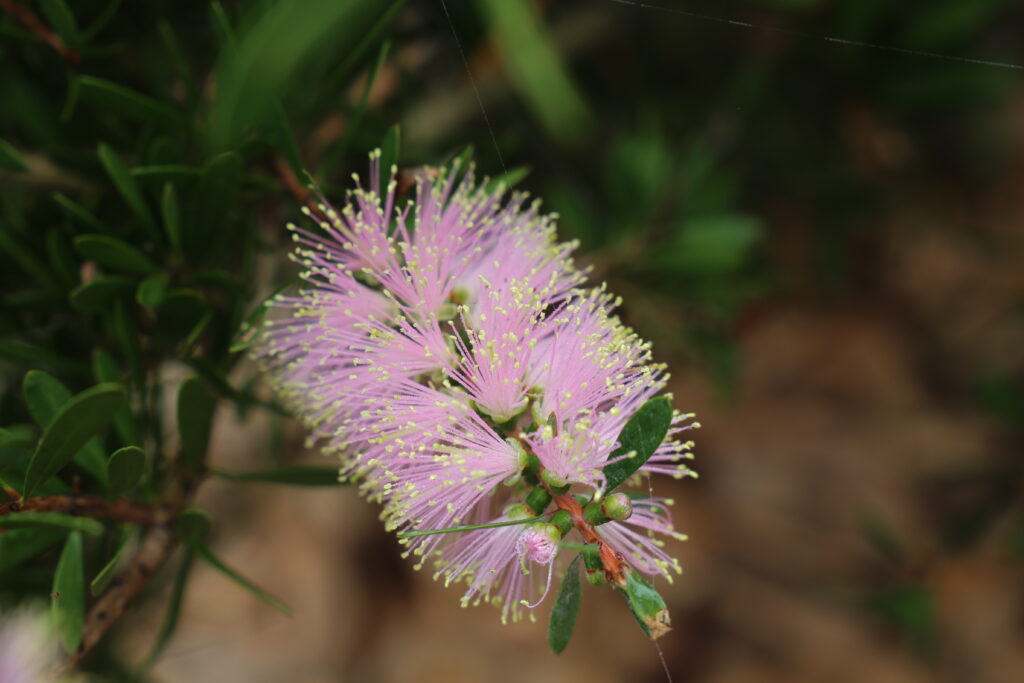
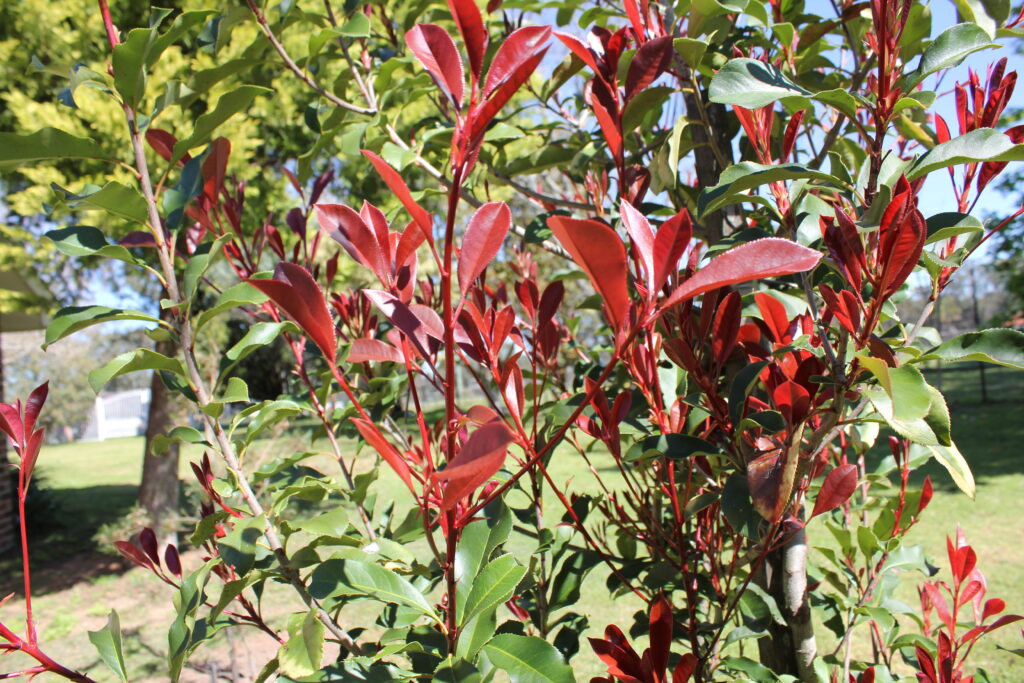
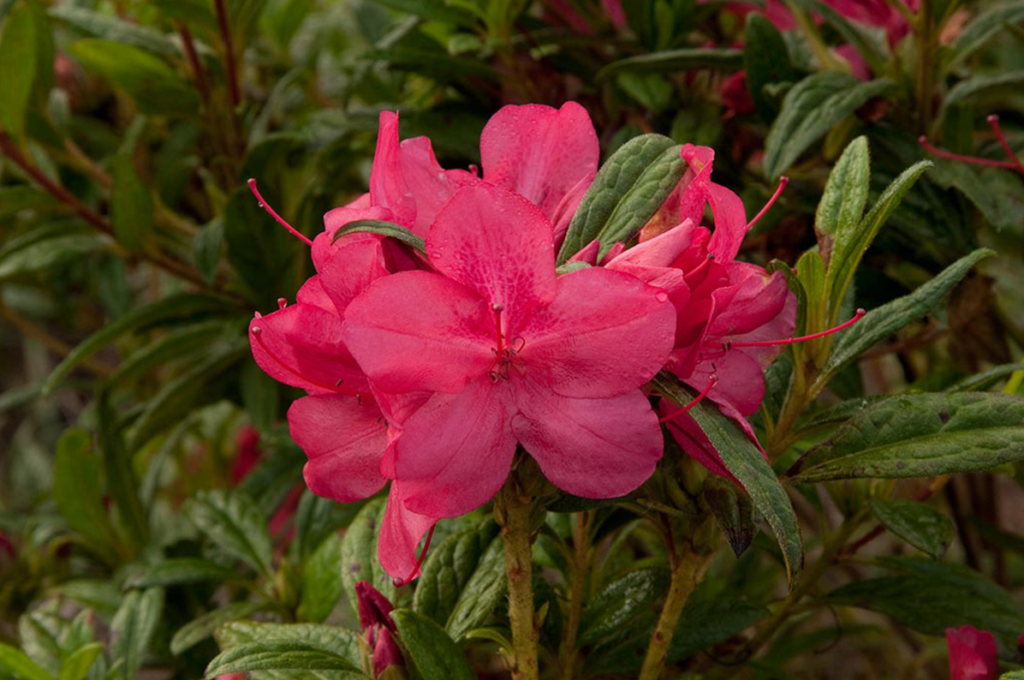
5. Feed and Water Plants Regularly
Just as people need water to prosper, plants depend on ample amounts of water to stay vibrant and robust. Hence, it’s a no-brainer to understand the importance of watering plants or choosing plants that require less water. The real struggle for many is knowing the frequency and amount of water you should give to your plants.
One of the main causes of plant deaths amongst inexperienced gardeners is overwatering. Some of the vital factors to be considered in irrigation includes the soil type, climate or weather conditions, plant varieties that you’re cultivating in your yard, and the type of mulch used. Sandy soils drain water too quickly, in contrast clay soils hold the biggest capacity to contain water.
For that reason, enriching the soil with compost will produce a healthier soil that drains well but has moisture retention too. Climate situations influence watering sessions in your garden. If it’s scorching hot and dry, it’s better to water in the morning or afternoon using longer duration of watering unless the plants are being used out of their climatic zone then more frequent shorter of watering duration maybe required.
It’s better to choose the right plants than frequent watering. When there’s adequate rainfall, occasional top up watering may be required. Different plants have varying water requirements. Make sure to devote some time and attention knowing and understanding that each plant in your garden has a unique plant care or choose low maintenance tough plants instead.
Plants are no exception when it comes to needing nourishment. You ought to give plant food to a depleted soil, or better known as fertilizer. Feeding makes your plants grow beautifully and keeps them healthy, which in turn helps them build stronger resistance towards diseases and weather stress.
Organic fertilizers such as well composted manures have good long- term benefits for the soil and the plant, whilst now harder to get modern day chemical fertilizers are great for boosting quick growth of plants particularly after winter in early spring.
6. Don’t be Afraid to Prune
People seem reluctant to prune their plants. Pruning makes them worry about hurting or killing the plants. One false myth is that Australian native plants don’t need pruning very often. This is rubbish.
Some feel dejected pruning with the thought of how you can possibly lop off a portion of that long-awaited growth in your plants, but truthfully and scientifically, pruning (if done correctly), can give spectacular benefits to your garden. It not only improves the plant’s appearance, moreover, it strengthens its entire health.
If you are unconfident with how to get started, the best tip is to pause and observe the plant. Oftentimes, it will show you hints where to make trims. There are four quick and easy to spot indications: dead, dying, damage and diseased areas in your plant.
By trimming off these spots, your rejuvenated garden will thank you. And for the aesthetic element, you want to train your plants to grow in a balanced symmetry. Effective pruning will promote that tidy, cleaned and well-tended look in a yard.
After realizing how advantageous this gardening task is, it’s now time to stop being a ‘prunaphobic’. It’s best not to prune Australian natives and many exotics when the plants are stressed with drought or other adverse conditions with the exception of some species that go dormant.
For example, pruning roses in late winter or early spring is the ideal time, or pruning warm seasonal ornamental grasses at the end of winter just before reshooting is beneficial.
7. Be Kind to Wildlife
Incorporating some wildlife friendly elements will reap you many benefits for your garden. By opening and sharing your yard to these animals, you are supporting the environment by promoting wildlife conservation. In return, they become valuable pollinators and natural pest control that maintain the delicate balance of good and bad organisms in your garden.
Of course, don’t disregard the great pleasure of getting closer to nature. The music from humming bees and singing birds is a delightful stress reliever. To help you transform your yard into a wildlife haven, you can check and read our article about How to Attract Wildlife to Your Garden.
8. Keep an Eye on Pests
While some insects and animals are indications of a robust yard, an escalating number of pests like bugs, aphids, slugs, snails and others can wreak havoc in your garden, causing you a lot of heartache. Before wielding an arsenal of chemical weapons, utilize first the natural ways of repelling garden pests.
This will prevent damaging the natural ecosystem in your yard. Cultivate plants that have pest repelling properties such as oreganos, basil, rosemary and thyme. Court the beneficial insects to your garden for natural pest control, ladybugs and spiders are great examples.
Consider organic sprays as your last resort. Keep in mind that the most environmentally friendly way of controlling pests will be the best method of strengthening your garden’s immune system. Sprays such as Pyrethrum, or applications of neem oil, or pest oil often work.
There are many other natural products that work from the laundry or kitchen, but that is the work of another article. Sometimes though, store-bought remedies are required, so do your research, and use the amazing online resources now available to the modern gardener.
9. Get Help
In case there’s still a lack of know-how, gardening equipment, time, or physical capability to accomplish your yard project, do not be reluctant nor embarrassed to seek outside assistance. Hiring professional assistance from a well-seasoned landscaper will ensure that the quality of the work is being done by the experts.
Having people who know exactly what they do and what works best for your garden will give you less headaches and will help you save your precious time and sometimes money.
10. Enjoy Your Garden!
Gardening can be somewhat arduous particularly to beginners. Remember the truth, you get back what you put in. All the labor you give in growing your yard will be rewarded by remarkable joy and fulfillment. It’s still important to slow down, relax and take delight in the fruits of your labor.
Build a place in your garden where you can enjoy and spend time with your loved ones or where you can simply be, and relax on your own.
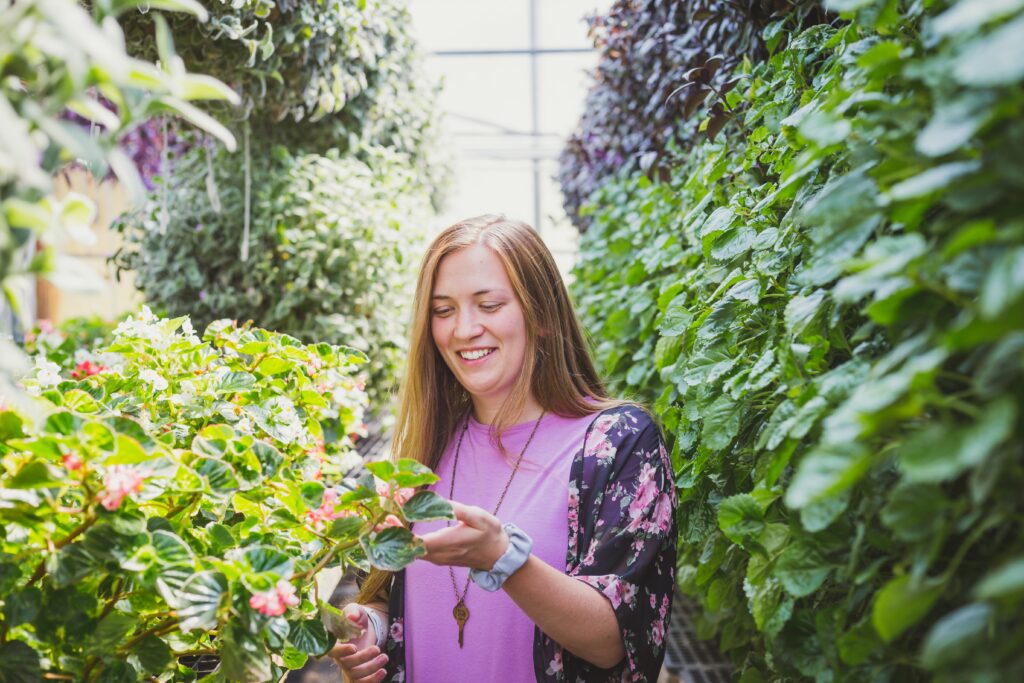
See Part 2 or our Ultimate Guide to Gardening here – On How to Save Money!

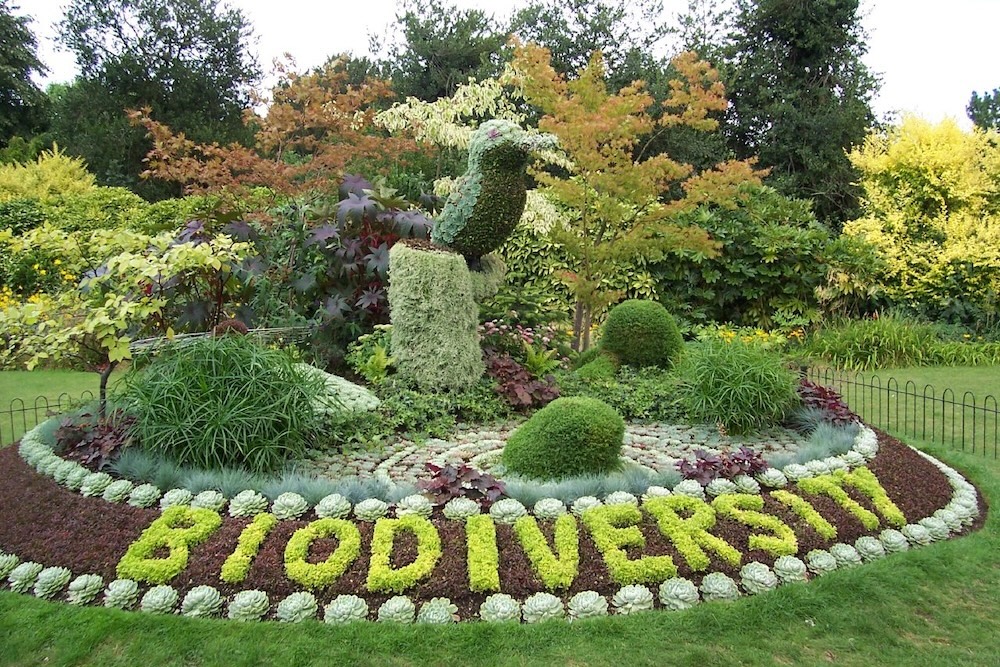
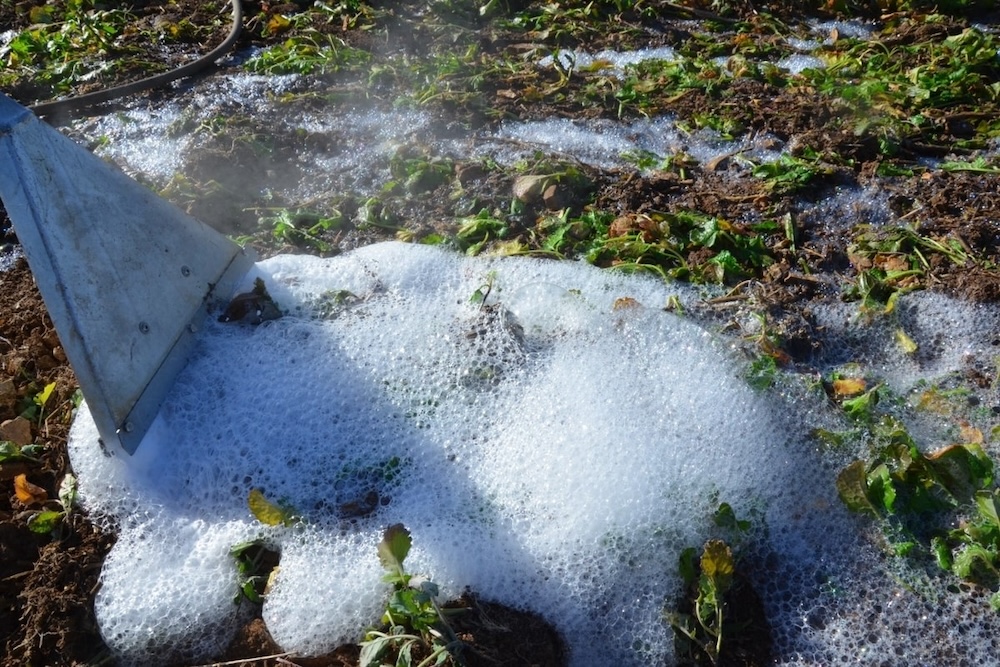
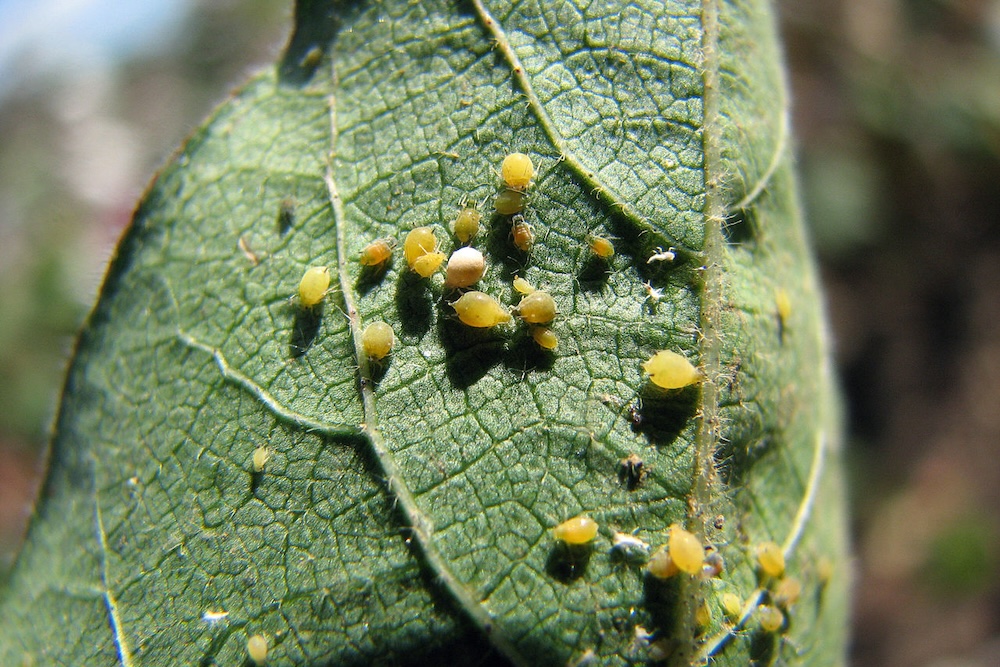
This Post Has 0 Comments